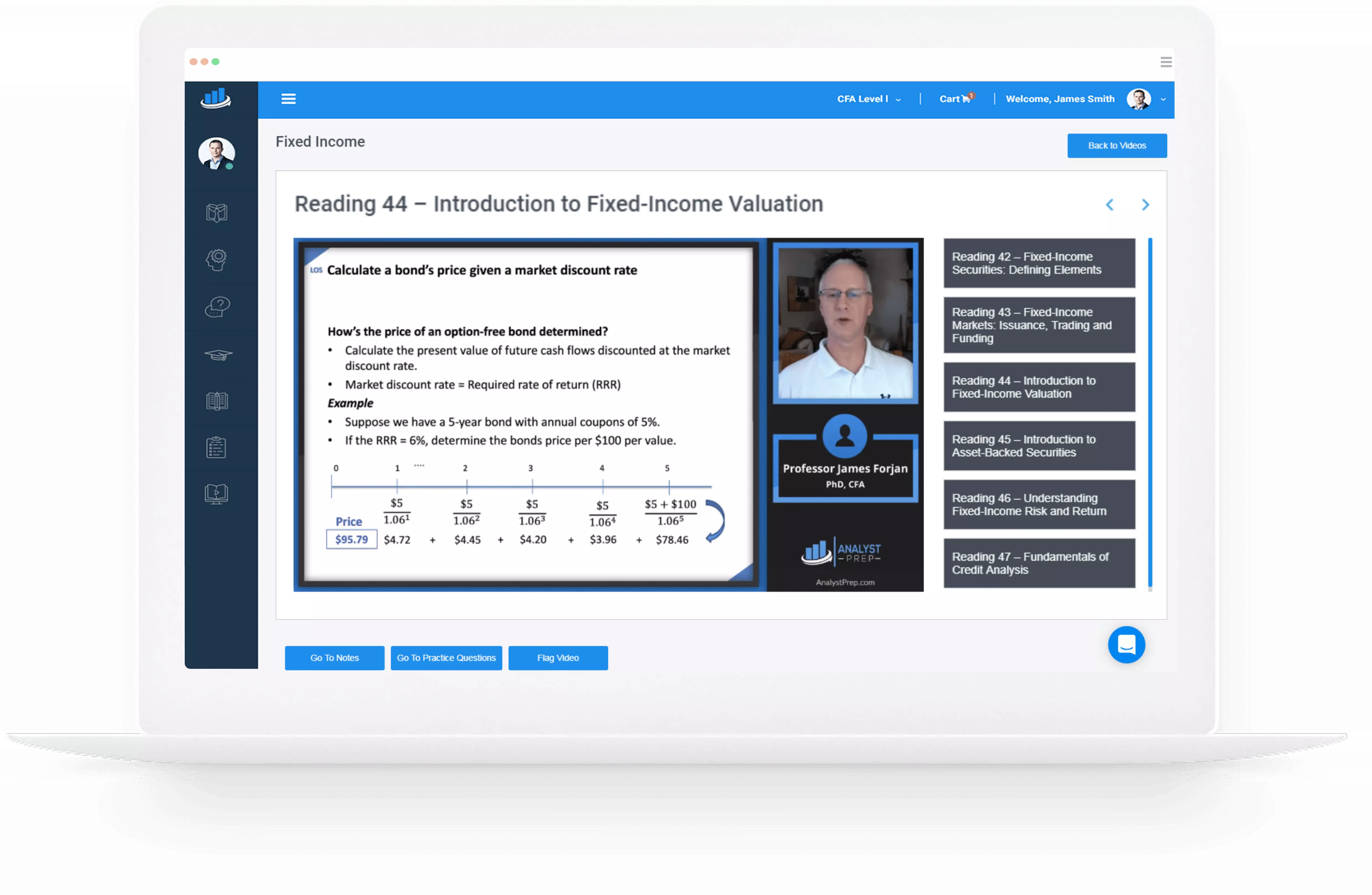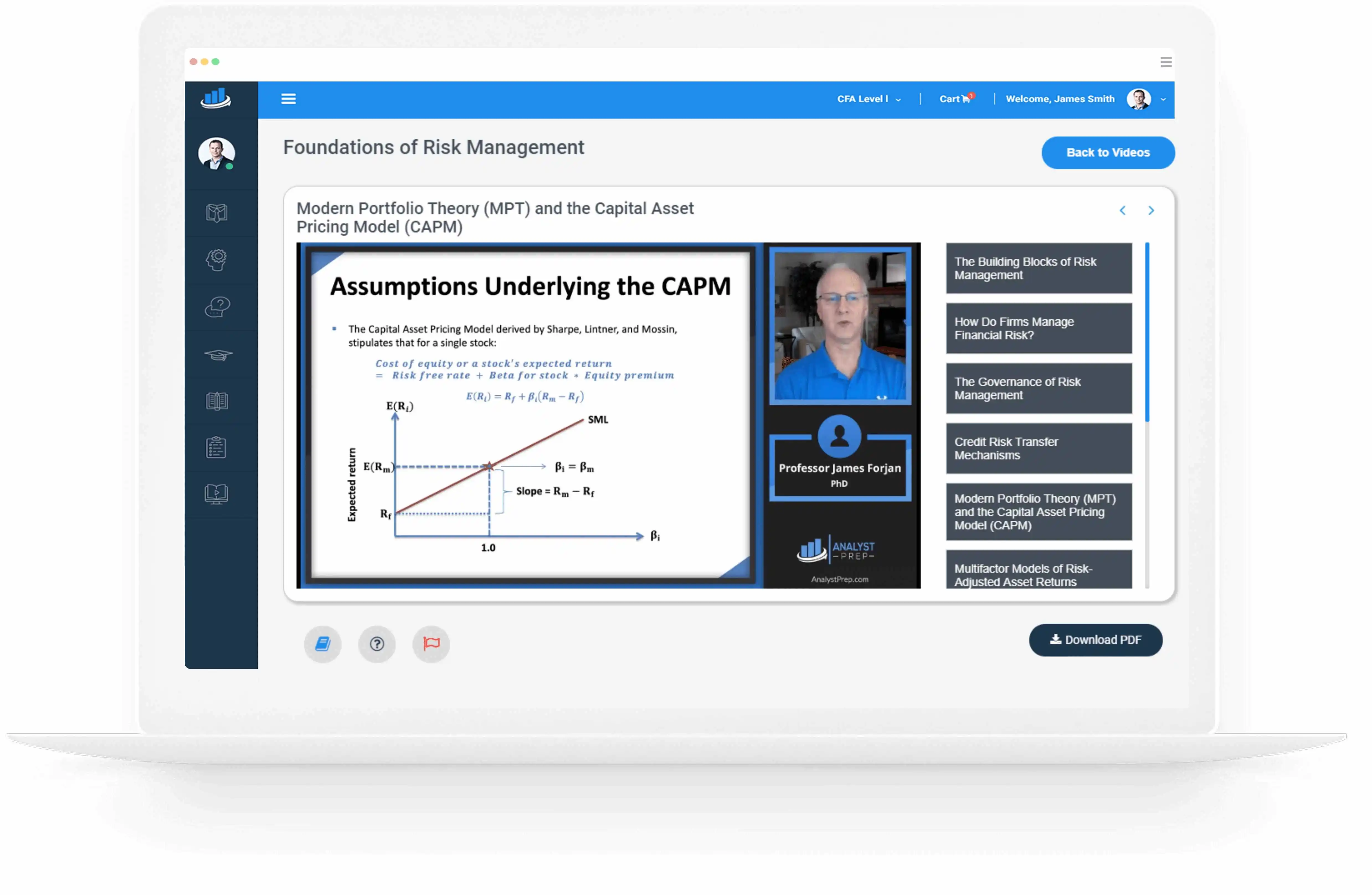Time Weighted Return
Time weighted return (“TWR”) is a method of calculating portfolio returns via linking sub-period returns and adjusting for the effect of large external cash flows. Portfolios using TWR must be valued monthly. Portfolios must also be valued at the time…
Objective and Scope of the GIPS Standards
The Global Investment Performance Standards (GIPS)® are designed to promote honesty and accuracy in reporting investment performance. GIPS aims to eliminate deceptive practices in investment reporting and presentation, including: Misrepresenting expertise: Presenting returns of top portfolios as if they represent…
Performance Based Fee Schedule
Sample Free Structure $$ \begin{array}{c|c} \textbf{Standard fee} & 0.55\% \\ \hline \textbf{Base fee} & 0.25\% \\ \hline \textbf{Sharing} & 16\% \\ \hline \textbf{Breakeven active return} & 2.00\% + \\ \hline \textbf{Maximum annual fee} & 0.69\% \end{array} $$ $$ \textbf{Sample Fee…
Management Fees
These fees are determined by portfolio returns and are intended to reward managers who create value. Performance-based fees are structured in one of three basic ways: Symmetrical structure in which the manager is fully exposed to both the downside and…
Types of Investment Manager Contracts
Prospectuses, private placement memorandums, and/or limited partnership agreements all contain the terms of the investment management services. Allocators must make sure the terms involving liquidity and management fees all make sense, given the portfolio goals. Liquidity refers to the ease…
Pooled Investment Vehicles
An investment vehicle refers to the type of account(s) used to hold an individual's investments or the ownership structure. There are two primary options: commingled or pooled investment vehicles and separately managed accounts (SMAs). Each has its own unique set…
The Manager’s Investment Philosophy
Assessing potential managers' investment philosophy and decision-making process serves as a risk mitigation strategy. Allocators aim to gain insights not only into the manager's past investment performance but also how it was achieved, the underlying processes, and its potential repeatability….
Capture Ratios and Drawdowns in Manger Evaluation
Capture and drawdown ratios aid clients in evaluating a manager's suitability. For instance, a retiree seeking a safe and conservative investment manager may prefer avoiding those with frequent, substantial drawdowns. In contrast, a young, risk-seeking investor might be more tolerant…
Uses of Returns-Based and Holdings-Based Style Analysis
Selecting a manager involves assessing both returns and risk attribution. The objective is to choose the most suitable manager(s) based on portfolio requirements and limitations. It’s not always about picking the highest-returning manager. Often, the first step is analyzing a…
Type I and Type II Errors in Manager Selection Process
Candidates may remember their inferential statistics training from CFA Level I. This reading delves deeper into Type I and Type II errors within the context of hiring and firing investment managers. It's important to note that the null hypothesis presumes…




